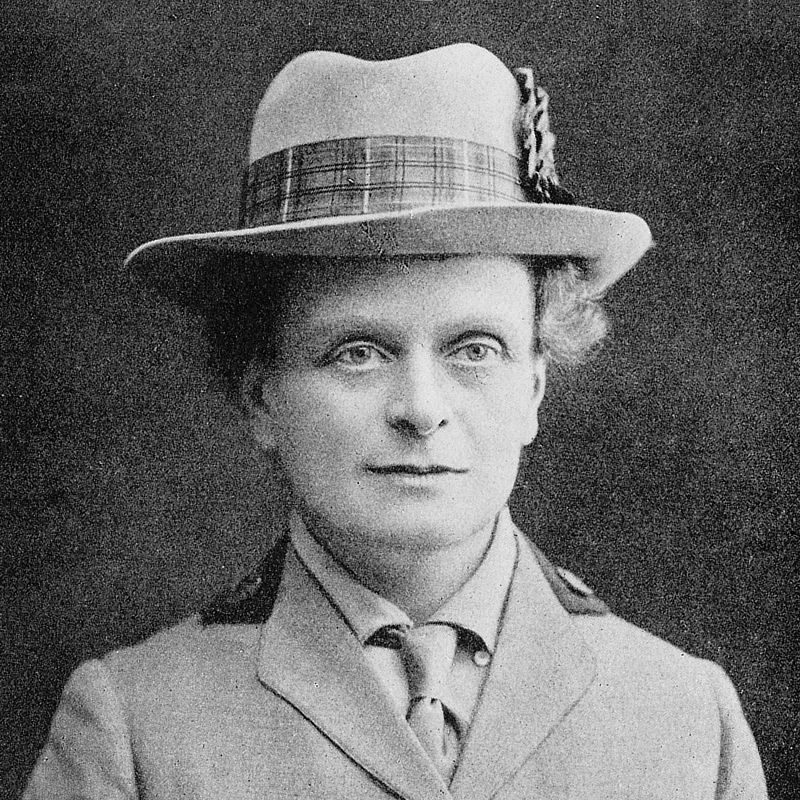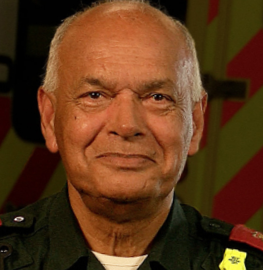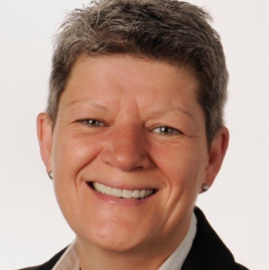Place of Birth : The Himalayas of India
Date of Birth : 1864
Occupation : Founder of the Scottish Women’s Hospitals

Childhood and family
Her family were descendants of the Inglis of Inverness. Her father John Inglis went out to India to work for the East India Company and later served as a magistrate. Elsie’s family have now moved into their new home at 70 Bruntsfield Place, Edinburgh. Elsie with sister Eva is attending school at Edinburgh’s Institution for Educating Young Ladies at 23 Charlotte Square.
Career path
Elsie Inglis was a Scottish doctor, surgeon, teacher, suffragist, and founder of the Scottish Women’s Hospitals, and the first woman to hold the Serbian Order of the White Eagle.
The story
Despite Inglis’s already notable achievements, it was her efforts to treat the wounded at the front (she had already turned 50 at the start of the conflict)during the First World War that brought her fame. Inglis was instrumental in setting up, despite government resistance, the Scottish Women’s Hospitals for Foreign Service Committee, an organisation funded by the women’s suffrage movement with the express aim of providing all female staffed relief hospitals for the Allied war effort, including doctors and technical staff (paid) and others as volunteers.
The organisation was active in sending eventually 14 teams to Belgium, France, Serbia and Russia.
When Inglis approached the Royal Army Medical Corps to offer them a ready-made medical unit staffed by qualified women, the War Office told her, “my good lady, go home and sit still.” It was, instead, the French government that took up her offer and established a unit in France and she led her own unit in Serbia. Inglis was involved in all aspects of the organisation of this service down to the colours of the uniform ‘a hodden grey, with Gordon tartan facings’.The French hospital was based at the Abbey of Royaumont and was run by Frances Ivens from January 1915 to March 1919. Inglis had initially offered a 100-bed hospital but it grew to hold 600 beds as it coped with the severity of battles, including that on the Somme.
Inglis went with the teams sent to Serbia, where her presence and work in improving hygiene reduced typhus and other epidemics that had been raging there. On her journey there, she enjoyed a last peaceful day of sunshine and starlight on the voyage. The hospital in Serbia was in the midst of a typhus outbreak, which eventually took the lives of four of the SWH staff, including Nurse Louisa Jordan, after whom the coronavirus pandemic hospital in Glasgow was named in 2020. Four SWH units in Serbia were established but in 1915 Inglis was captured, when the Austro-Hungarian and German forces took over the region, as she had stayed behind with others to repatriate the wounded. Inglis was taken prisoner when at Krushevatz (Kruševac) Hospital in Serbia. Inglis and others were repatriated via neutral Switzerland in February 1916.
In Romania with just six other doctors and only one surgeon, Inglis was involved in treating 11,000 wounded soldiers and sailors, many of whom were behind a letter in tribute to Inglis written in the name of “The Russian Citizen Soldiers” written at Easter to “express our sincere gratitude for all the care and attention bestowed on us, and we bow low before the tireless and wonderful work of yourself and your personnel, which we see every day directed towards the good of the soldiers allied to your country”.
Inglis died on 26 November 1917, the day after she arrived back in Britain, with her sisters at her bedside at the Station Hotel, Newcastle upon Tyne.
Her legacy lives on in the form of tributes, services and statues. This includes a fountain in Serbia and the Elsie Inglis Memorial Maternity Hospital in Edinburgh. Inglis has also been on bank notes, was commended by Winston Churchill and has her name on the the Women’s Roll of Honour plaque in York Minster.
How was this story collected : Research enquiries made by museum volunteers.
Other Information :
Acknowledgements :
- elsieinglis.org





